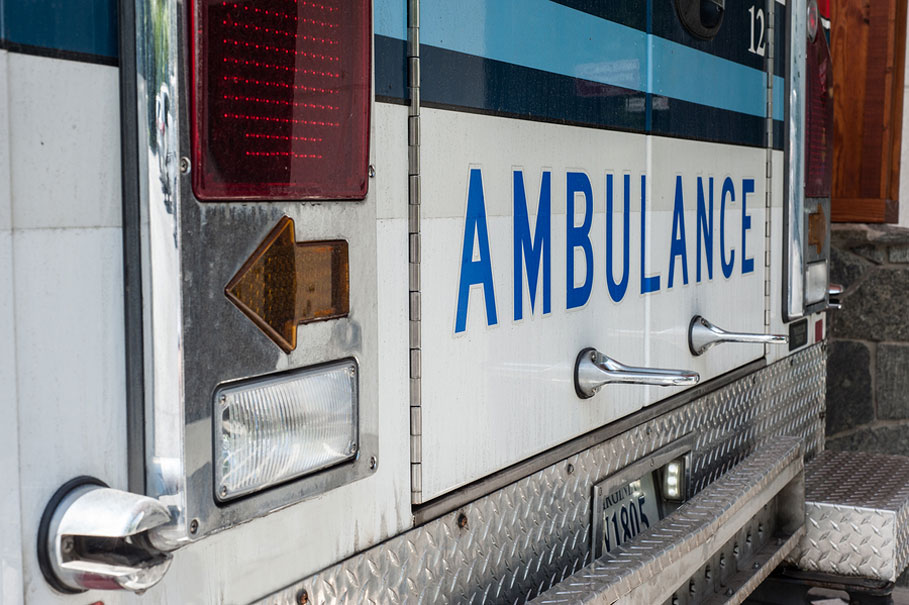The Wall Street Journal (WSJ) recently highlighted the rapid changes in how emergency medical services (EMS) are delivered across the country, from the latest in technological advances to providing preventive care in the home.
Ambulance services are increasingly better equipped to treat the worst kind of emergencies from cardiac arrests and gunshot victims to car accident victims. More ground and air ambulances have X-ray and ultrasound devices, machines that automatically perform CPR chest compressions, and communications systems to convey results of electrocardiograms to the hospital, and lab tests to identify serious conditions such as septic infection.
The Mayo Clinic in Rochester, Minnesota is leading the way in innovative onboard equipment and communications in their EMS transport system. The Mayo Clinic works with other ambulance transport systems around the country and works closely with the military on how treatment on the battlefield might apply to emergency medical services. The Mayo Clinic’s emergency medical service has state-of-the-art equipment and has led the way in EMS innovations, including capnography. Mayo’s work with the military has helped its EMS staff to adopt quick-clotting bandages and tourniquets for blunt trauma and penetrating wounds.
Preventive care teams are becoming more prevalent among ambulance crews with advanced medical training. These so-called community paramedicine teams may provide preventive care in the home, and even may schedule regular house calls. The ambulance teams help treat patients, particularly frail elderly patients, and manage chronic health conditions like diabetes or recently discharged hospital patients to make sure they are following care instructions. “We are a natural provider of care outside of hospitals and other institutions,” said Kevin McGinnis, program manager of community paramedicine and mobile integrated health care and rural emergency care for the National Association of State EMS Officials. “The majority of calls that go through 911 are non-emergencies, and we can use EMS resources to address otherwise unaddressed health needs in communities,” Mr. McGinnis added.
Paramedics typically respond to nonemergency calls for shortness of breath, weakness and fatigue from dehydration, cuts and abrasions, abdominal pain, minor falls, urinary problems, and low-grade fevers and flu-like symptoms.
Source: “The Revolution of EMS Care,” by Laura Landro, Wall Street Journal
Medtrust Transport provides emergent and non-emergent ambulance services in Charleston, Myrtle Beach and Georgetown, South Carolina. We have trained EMT personnel and a fleet of fully-equipped ambulances. We aim to provide compassionate and timely patient care.

